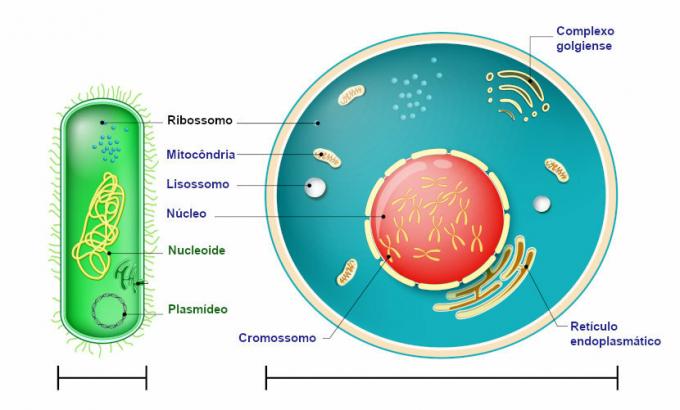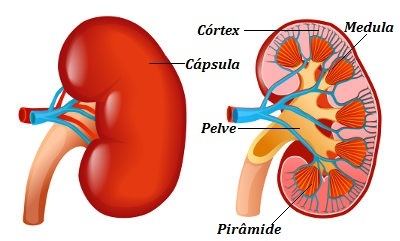THE schistosomiasis it is a disease caused by a slender, white, and separate sexes. The female is found inside the male's body at the time of copulation in a region called the gynecophore canal. There are several species that cause schistosomiasis, however, in Brazil, this disease is caused by the species Schistosoma mansoni.
A man can acquire schistosomiasis through the penetration of larvae into his skin. These larvae are named fences. After penetrating the human body, the fences develop and, at this stage, they are called schistosome. Schistosomules begin a migration through the blood and lymphatic stream, reaching the lungs and heart. Then they go to the liver where they reach adulthood. In the mesenteric vessels, the male and female copulate. The eggs then pass into the intestinal cavity and mix with the stool.

The fencing actively penetrates the skin
When defecating near rivers and lakes, man releases eggs into the environment. The eggs hatch in the water and release a larva called a miracide, which actively swims until it finds a snail of the genus Biomphalaria. When the miracidia enter the snail, they undergo modifications, becoming enclosures, and leaving the snail's body. If any person comes into contact with contaminated water, the fencing can actively enter through the skin, restarting the cycle.

The miracide invades the body of the snail
It is clear, then, that the schistosomiasis is contracted through contact with contaminated water. Before entering lakes and rivers, it is important to always check that there are no snails and that the environment is free of faeces. Also check if people feel itchy when they get out of the water, this could be an indication of fences.
Initially, when fencing occurs, some allergic reactions are observed, such as itching. The penetration site will resemble an insect bite. After a few weeks, fever, diarrhea, vomiting and coughing may occur, leading to more severe symptoms, such as an enlarged liver and spleen. In even more serious cases, the disease can lead to death.
After six months of infection, the person develops the chronic form of schistosomiasis. At this stage, symptoms may appear such as: repeated diarrhea, bloody diarrhea, fibrosis, anemia, malnutrition, pulmonary hypertension, rupture of esophageal varices, obstruction of vessels, among several others. The swelling of the abdomen is also a common symptom and, therefore, the disease is also called water belly. It is noteworthy that the disease can remain asymptomatic for years.
Treatment is done with specific and free medications.
To prevent the disease, basic care must be taken, the main one being not to enter waters that may shelter the fences. Furthermore, it is important that the authorities control the snail, which is the intermediate host, and invest in basic sanitation.


